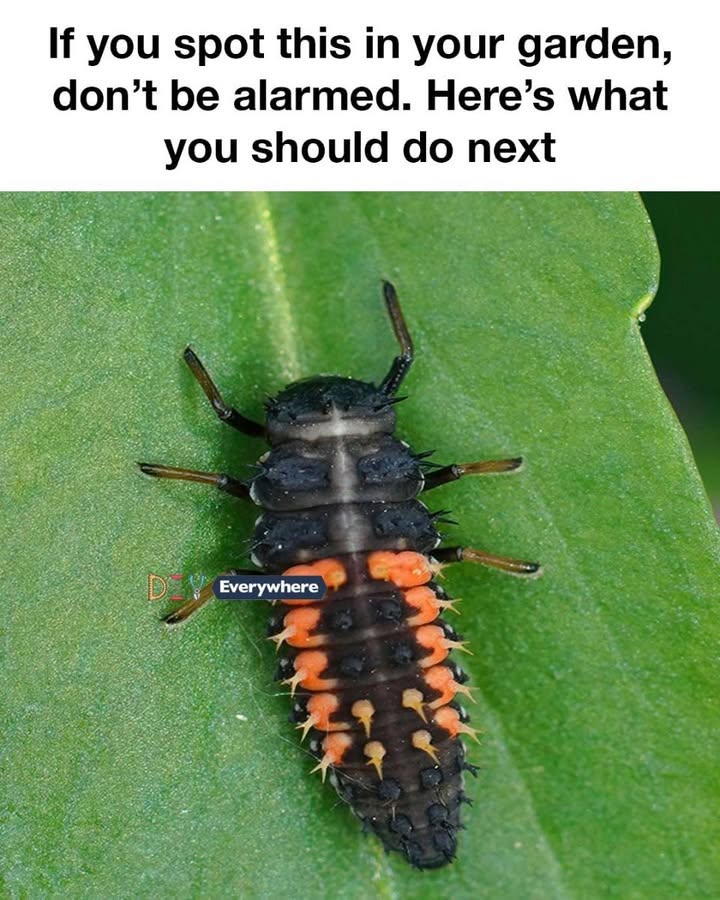Ladybird larvae, often mistaken for pests due to their unusual appearance, play a crucial role in maintaining the health of garden ecosystems. These small, alligator-like creatures are the juvenile stage of ladybirds, commonly known as ladybugs. Recognizing their importance is essential for gardeners who wish to cultivate a thriving and balanced garden environment. Ladybird larvae are natural predators of many garden pests, making them invaluable allies in pest management. By understanding their life cycle and ecological role, gardeners can better appreciate and support these beneficial insects.
Identifying Ladybird Larvae in Your Garden
Ladybird larvae are distinct in appearance, often resembling tiny alligators with elongated bodies and spiky protrusions. They are typically black or dark gray with bright orange or yellow markings, depending on the species. These larvae are usually found on the undersides of leaves or near aphid colonies, as they actively hunt for food. Unlike the more familiar adult ladybirds, the larvae do not have the characteristic round, spotted bodies. Instead, they have a segmented, elongated form that can be easily overlooked or misidentified as harmful. Observing these features can help gardeners correctly identify ladybird larvae and avoid unnecessary removal.
The Role of Ladybird Larvae in Garden Ecosystems
Ladybird larvae are integral to garden ecosystems due to their role as voracious predators of common pests. They primarily feed on aphids, but also consume other soft-bodied insects such as mites and scale insects. By controlling pest populations, ladybird larvae help maintain a natural balance, reducing the need for chemical pesticides. Their presence indicates a healthy, functioning ecosystem where natural pest control is at work. Furthermore, ladybird larvae contribute to the biodiversity of the garden, supporting a variety of other beneficial insects and wildlife.
Why Ladybird Larvae Are Beneficial to Your Garden
The presence of ladybird larvae in your garden is a positive sign, as they offer numerous benefits. They help control pest populations naturally, reducing the reliance on chemical interventions that can harm beneficial insects and the environment. By preying on aphids and other pests, they protect plants from damage and disease, promoting healthier growth. Additionally, ladybird larvae contribute to the overall biodiversity of the garden, supporting a more resilient and sustainable ecosystem. Encouraging their presence can lead to a more vibrant and productive garden.

